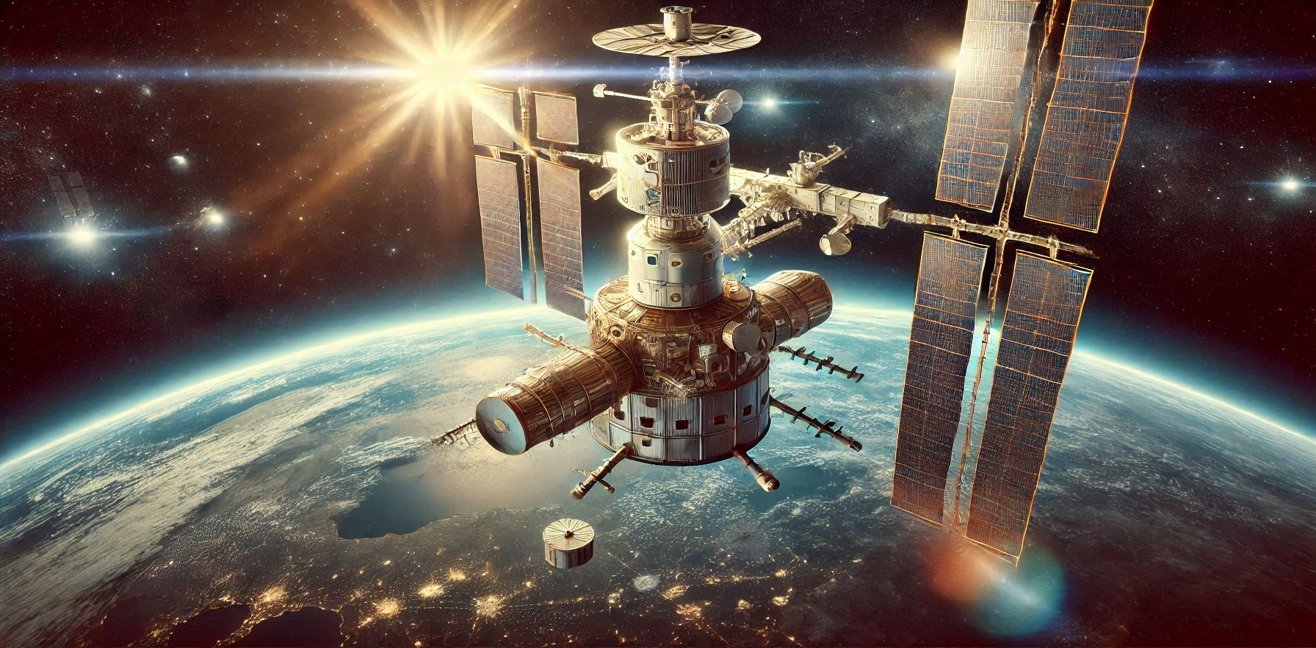On May 4, 1973, the United States took a significant step in space exploration. On this day, the U.S.’s first space station, Skylab, was launched from the Cape Canaveral Space Center in Florida. Skylab marked a milestone in human spaceflight and was designed for long-duration missions to test living conditions in space and conduct scientific research.
Design and Mission of Skylab
Skylab consisted of three main components: a work area, living modules, and solar panels. Astronauts could experience life in space here and conduct various scientific studies. The space station’s mission was to investigate the long-term effects of living in space and to conduct scientific research to ensure the future success of human spaceflight.
Results and Legacy
Skylab laid the foundation for the future development of space stations. It provided crucial data on the sustainability of human presence in space and offered important insights on how to design and manage space stations, contributing to the advancement of human space exploration. Additionally, it helped astronauts better understand life in space and prepared them for long-term missions.
The launch of Skylab marked a turning point in the history of human space exploration. It was an important step in strengthening humanity’s presence in space and highlighted the importance of space stations for long-term missions. The legacy of Skylab continues to shed light on the future journey of space exploration.




